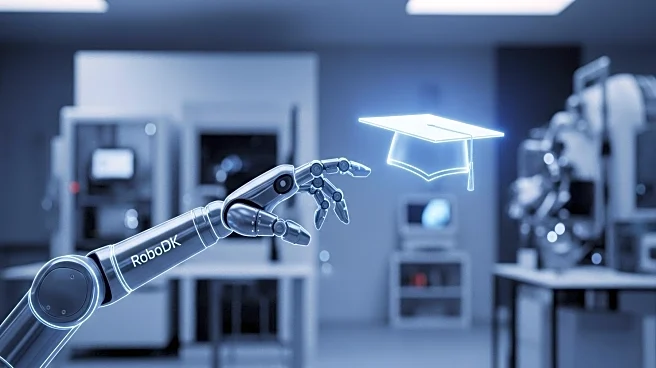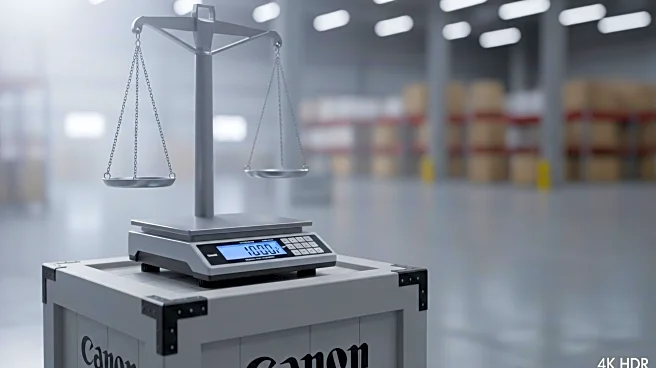What's Happening?
Hong Kong's stock market is experiencing a surge in robotics and AI logistics IPOs, driven by regulatory reforms and increased demand for automation. In 2025, twelve robotics companies filed for listings under the Hong Kong Stock Exchange's Chapter 18C framework, which allows pre-profit tech firms to raise capital by showcasing their R&D intensity and market potential. Companies like Geek+ and Seer Robotics are capitalizing on this opportunity to scale their global ambitions. Geek+, the largest robotics company by revenue in Hong Kong's listed segment, raised HK$2.71 billion during its IPO in July 2025, achieving a market valuation of HK$22 billion. The company aims to double its autonomous mobile robot deployment to 20,000 units by 2027, targeting Southeast Asia, Europe, and the Americas. Seer Robotics, focusing on AI-driven diagnostics and robotics control systems, reported a 32% year-over-year revenue increase in Q2 2025, reaching $4.1 million.
Why It's Important?
The IPO boom in Hong Kong's robotics and AI logistics sector represents a strategic opportunity for companies to access international capital and hedge against U.S. regulatory risks. The sector is driven by structural trends such as rising labor costs, supply chain reconfiguration, and the need for productivity gains. Hong Kong's robotics integration market, valued at $5.2 billion in 2024, is projected to grow at a 14.2% CAGR through 2033. Globally, the autonomous mobile robot market is expected to expand from $8.64 billion in 2025 to $30.24 billion by 2030. This growth is supported by geopolitical shifts and favorable regulatory conditions, making the sector a compelling investment opportunity despite high risks.
What's Next?
As the robotics and AI logistics sector continues to grow, companies like Geek+ and Seer Robotics are expected to further expand their global reach and enhance their technological offerings. Investors will need to balance optimism with caution, considering the risks of overvaluation and rapid technological disruption. The sector's long-term growth trajectory, backed by macroeconomic tailwinds and technological innovation, suggests continued interest from investors seeking exposure to automation's next frontier.











